Troubleshooting Faint ECG Trace Prints
Posted on: 31/07/2024
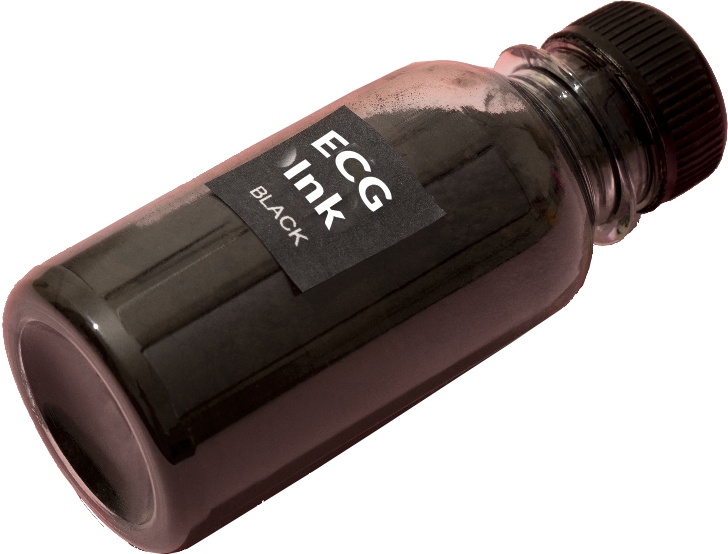 Sometimes we are asked by customers if we supply ECG ink. Unfortunately, it's not a product you’ll find in anybody's catalogue, let alone ours, simply because it doesn’t exist!
Sometimes we are asked by customers if we supply ECG ink. Unfortunately, it's not a product you’ll find in anybody's catalogue, let alone ours, simply because it doesn’t exist!
Most electrocardiograms, or ECG’s as they are commonly known, use a thermal printer to print out the electrical traces of the patient's heart onto a special printer paper specific for the device.
The thermal printer works by applying heat to a coated thermal paper, which then changes colour to create the specified printed output. This method eliminates the need for ink or toner cartridges, making it a reliable and efficient choice for medical environments.
 So if you think your ECG has run out of ink, we’re guessing you are dealing with case of faint printouts on your paper? ...Right?
So if you think your ECG has run out of ink, we’re guessing you are dealing with case of faint printouts on your paper? ...Right?
Here are a few simple steps you can take to see if they address the issue:
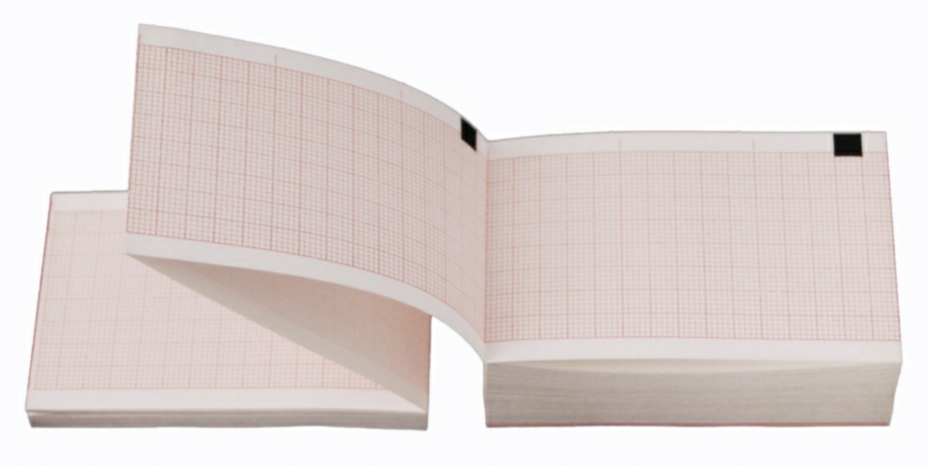
Check The Thermal Paper:
Ensure you are using the correct type of thermal paper specified for your ECG machine. Make sure the paper is not old or damaged.
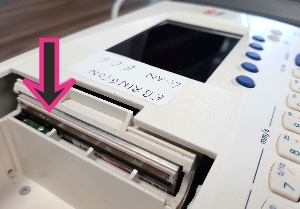 Inspect And Clean The Printer Head:
Inspect And Clean The Printer Head:Gently clean the thermal print head with a soft, lint-free cloth and isopropyl alcohol to remove any dust or residue. Surface alcohol wipes are ideal for this.
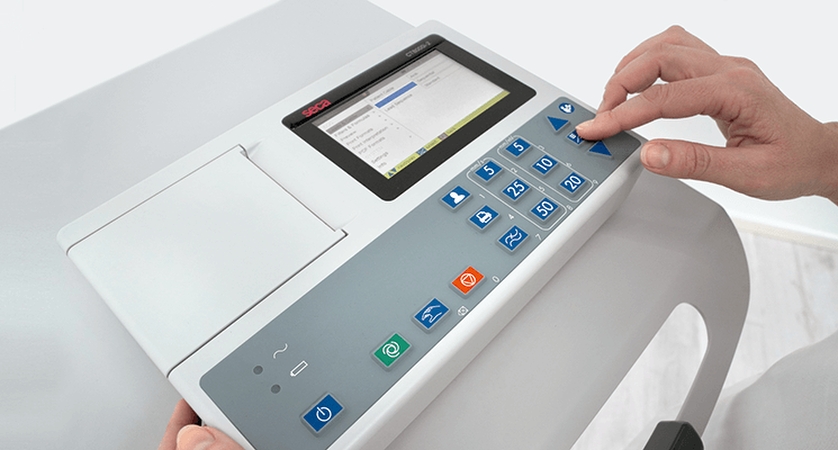 Adjust Printer Settings:
Adjust Printer Settings:
If your ECG machine allows, try adjusting the print density or contrast settings to achieve a darker print.
Verify
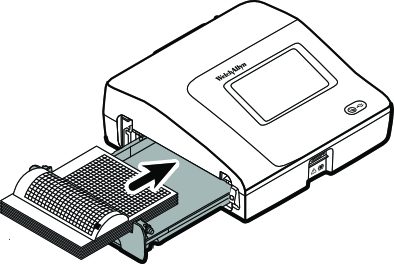 Paper Alignment:
Paper Alignment: Ensure the thermal paper is properly loaded and aligned in the printer tray to avoid uneven or faint printing.
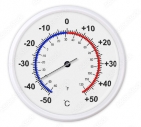
Consider Environmental Factors:
Make sure the ECG machine is operating in an environment within the recommended temperature and humidity range.
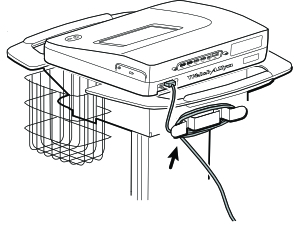
Check Power Supply:
Ensure the machine is receiving a stable power supply, as fluctuations can affect print quality.
 Regular Maintenance:
Regular Maintenance:Perform regular maintenance on the ECG machine as per the manufacturer's guidelines.
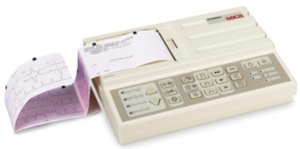 Age Of Your ECG:
Age Of Your ECG: The thermal printer head can burn out over time, common on old machines. In this instance, the ECG would need to be returned to the manufacturer for a replacement thermal printhead. Depending on the age and condition of the device, this may not be an economically viable repair.
If you continue to experience issues after trying these steps, either contact the manufacturer or an approved service centre to arrange for a technician to inspect your ECG.



 117417
117417 40002854
40002854


